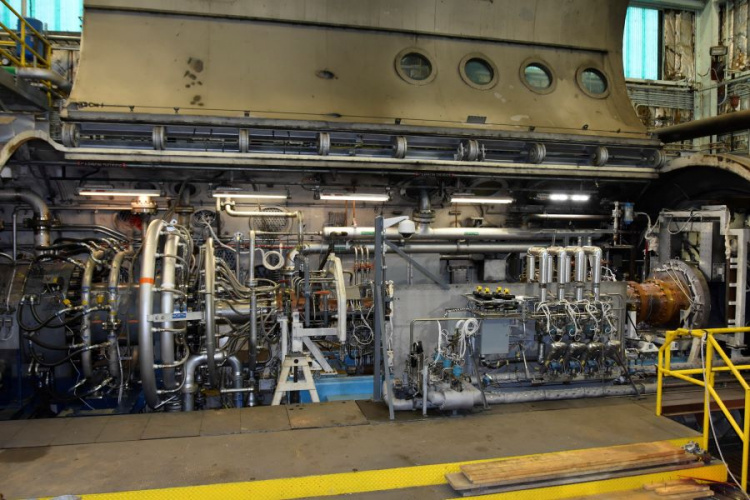
During ground tests conducted by the Air Force Research Laboratory (ARFL) and Air Force Test Centre, the engine delivered more than 13,000 pounds (57,850 Newtons) of thrust. The nine-month test programme at Arnold Air Force Base in Tennessee saw the 18-foot scramjet deliver a combined 30 minutes of combustion time, performing in test conditions that simulated speeds in excess of Mach 4. Hypersonic flight is generally accepted as Mach 5 and above.
SABRE rocket engine passes significant precooler milestone
Hypersonic vehicle achieves aviation history
According to the AFRL, the new engine was born on the back of the X-51 Waverider programme, an experimental scramjet built by Boeing that launches from under the wing of a B-52 bomber. In May 2013, the X-51 reached speeds in excess of Mach 5 for 210 seconds, making it the longest duration hypersonic flight ever.
“The plan for a larger and faster hypersonic air breathing engine was established 10 years ago during the X-51 test programme, as the Air Force recognised the need to push the boundaries of hypersonic research,” said Todd Barhorst, AFRL aerospace engineer and lead for the Medium Scale Critical Components program.
“A new engine with 10-times the flow of the X-51 would allow for a new class of scramjet vehicles.”
Before ground testing could even take place, the Arnold Engineering Development Complex (AEDC) on the Air Base had to undergo a two-year upgrade, as no existing US test facilities could produce the requisite airspeeds or thermal conditions.
“Our collective team has worked hard over the past few years to get to where we are today,” said Sean Smith, lead for the AEDC Hypersonic Systems Combined Test Force ground test team.
“We’ve learned quite a bit, and I’m proud of what we’ve accomplished. These groundbreaking tests will lead the way for future hypersonic vehicles for a range of missions.”




Glasgow trial explores AR cues for autonomous road safety
They've ploughed into a few vulnerable road users in the past. Making that less likely will make it spectacularly easy to stop the traffic for...